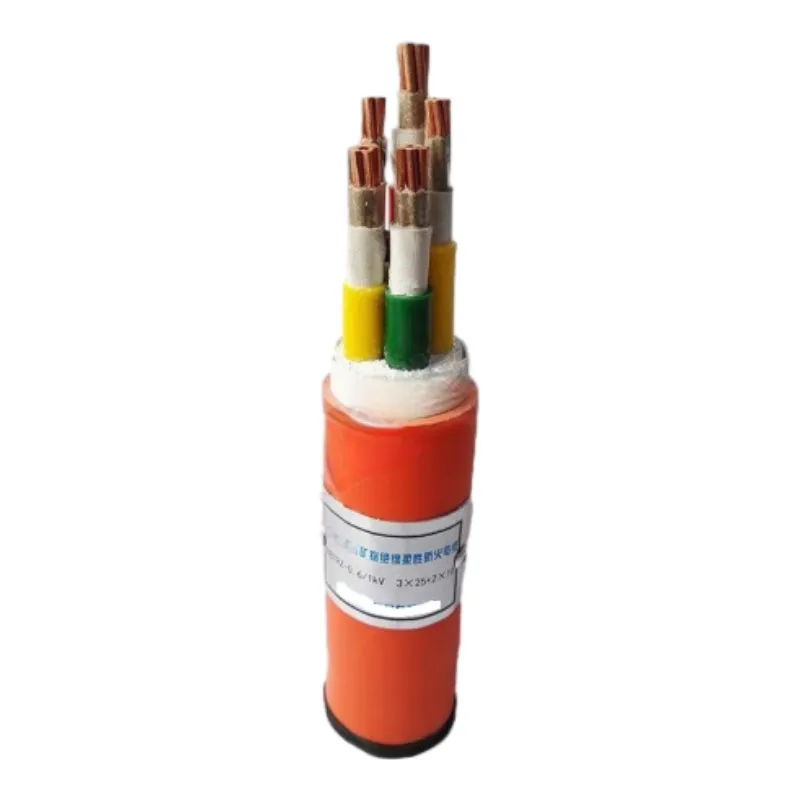9 月 . 07, 2024 23:26 Back to list
Flanged Butterfly Valve - Durable & Efficient Flow Control Solutions
Understanding Flanged Butterfly Valves Design, Function, and Applications
Flanged butterfly valves are pivotal components in numerous industrial applications, renowned for their simple design, efficient operation, and versatility. These valves are fundamental in controlling the flow of liquids and gases in various systems, from water treatment plants to chemical processing facilities.
The key feature of a flanged butterfly valve is its disc, which rotates about an axis perpendicular to the flow direction. This disc, when turned, either allows or restricts fluid flow. The flanged design provides a secure connection to the pipeline, ensuring that the valve can withstand substantial pressure without compromising functionality. Flanges are typically machined to meet specific standards, ensuring compatibility with other pipeline components.
One of the significant advantages of flanged butterfly valves is their lightweight construction compared to traditional gate or globe valves
. This lightweight nature allows for easier installation and maintenance while reducing overall system costs. Additionally, these valves can be operated manually using a lever or automatically through electric or pneumatic actuators, offering flexibility in control mechanisms.flanged butterfly valve

Flanged butterfly valves exhibit excellent sealing capabilities, often using resilient materials such as EPDM or NBR for the seat. This feature not only minimizes leakage but also enhances the valve's longevity and reliability. The ability to maintain tight seals under various pressure and temperature conditions makes them suitable for diverse applications across industries.
Their compact design is particularly advantageous in applications where space is limited. While providing efficient flow control, flanged butterfly valves can be integrated into pipe systems without requiring significant modifications. This adaptability has contributed to their growing popularity in projects involving HVAC systems, water distribution networks, and even food and beverage processing.
However, it’s essential to select the right type of flanged butterfly valve for specific applications. Factors such as the fluid type, temperature, pressure, and potential corrosiveness must be evaluated to ensure optimal performance and safety. Various standards, including ANSI and API, help guide the selection process, ensuring that the valves meet industry requirements.
In conclusion, flanged butterfly valves are a vital aspect of modern industrial systems, offering efficiency, reliability, and ease of use. Their design and operational capabilities make them an excellent choice for a wide range of applications, highlighting the importance of careful selection and integration in fluid control systems. As industries continue to evolve, the role of these valves in promoting efficiency and safety remains paramount.
Share
-
Understanding the Differences Between Wafer Type Butterfly Valve and Lugged Butterfly ValveNewsOct.25,2024
-
The Efficiency of Wafer Type Butterfly Valve and Lugged Butterfly ValveNewsOct.25,2024
-
The Ultimate Guide to Industrial Swing Check Valve: Performance, Installation, and MaintenanceNewsOct.25,2024
-
Superior Performance with Industrial Swing Check Valve: The Essential Valve for Any SystemNewsOct.25,2024
-
Industrial Swing Check Valve: The Ideal Solution for Flow ControlNewsOct.25,2024
-
You Need to Know About Industrial Swing Check Valve: Functionality, Scope, and PerformanceNewsOct.25,2024